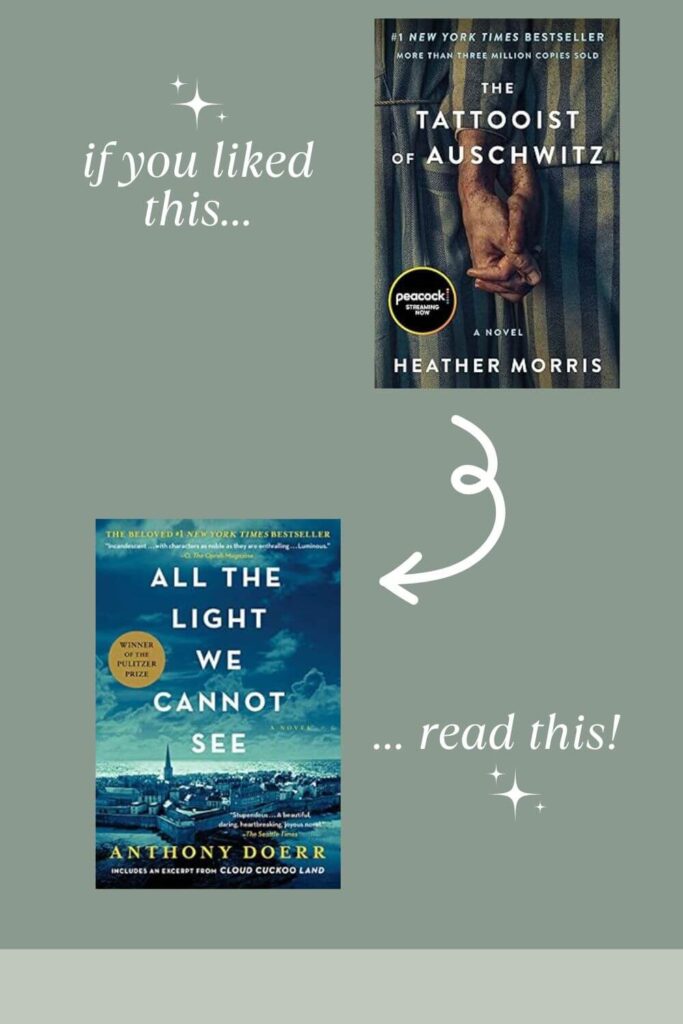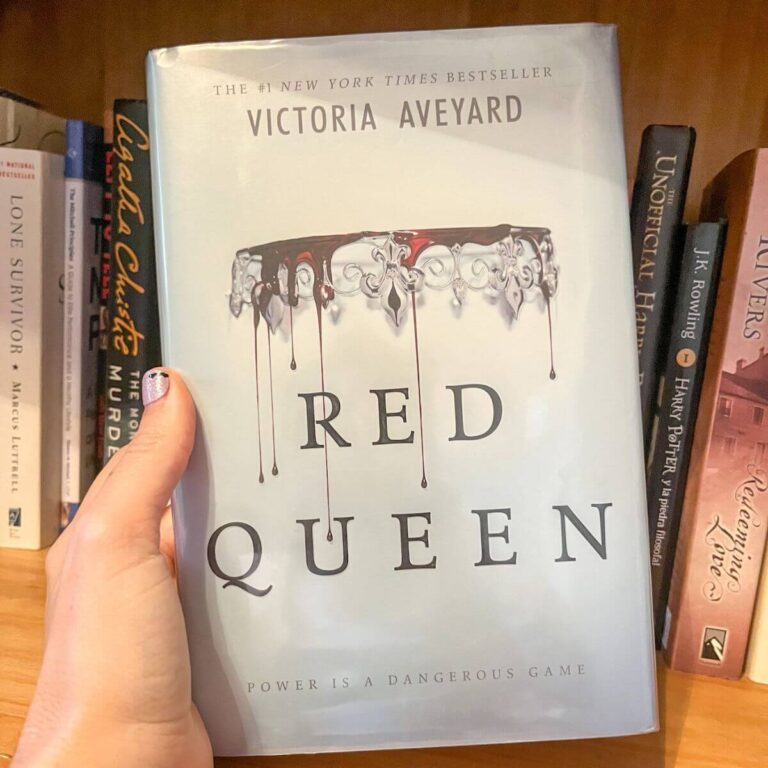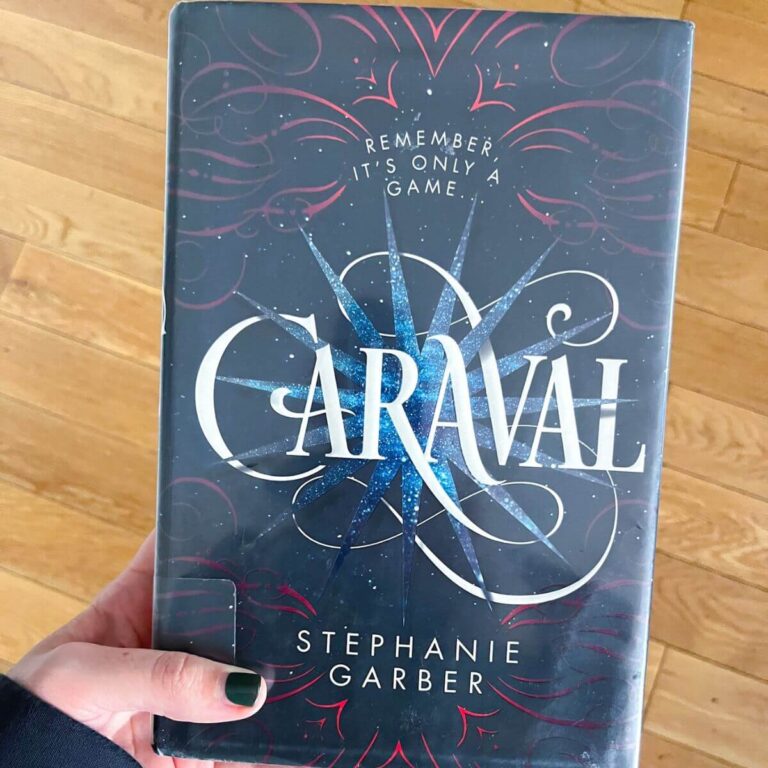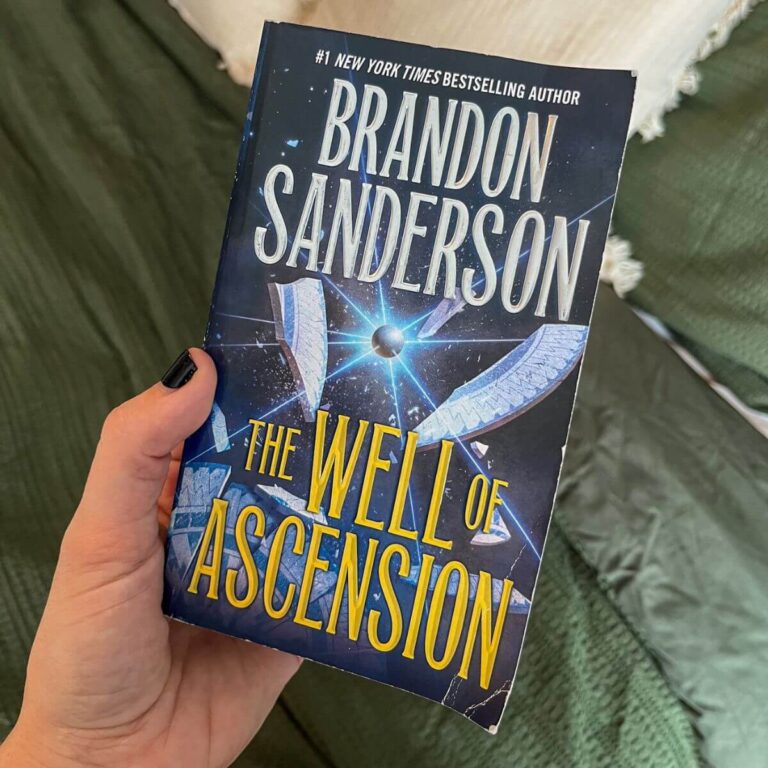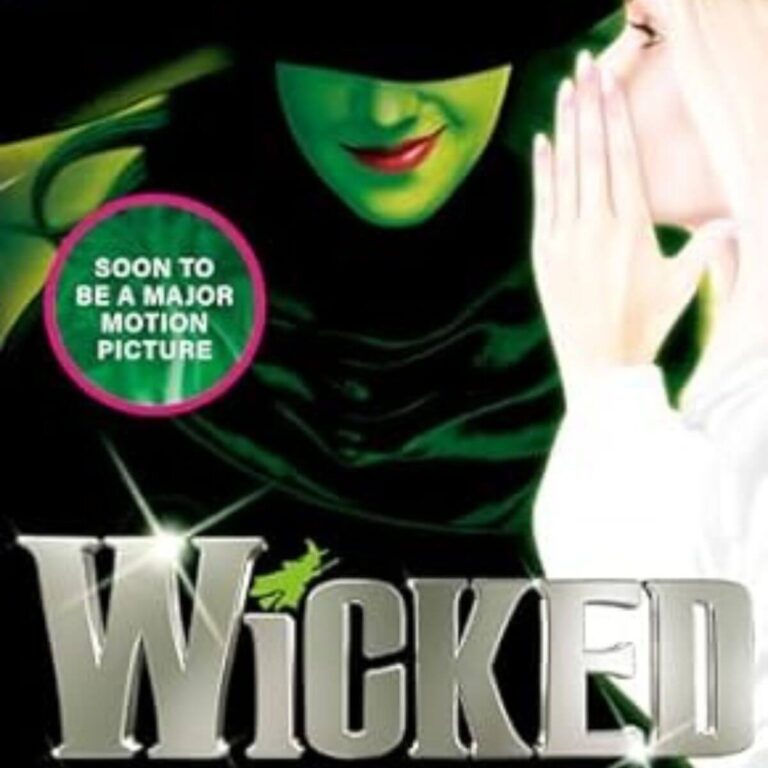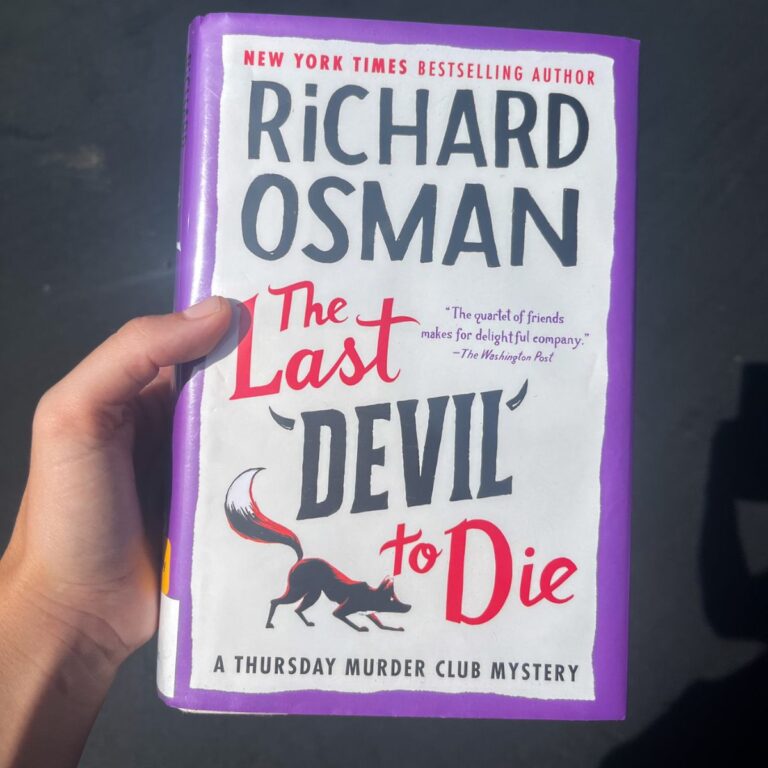Honest Book Review of The Tattooist of Auschwitz
In Heather Morris’ debut novel, encounter the harrowing story of Lale Sokolov during his time in the Auschwitz II-Birkenau concentration camp. This book is filled with authentic events as Morris did years of interviews with Lale before writing the book. Here’s a short summary of the book:
“In April 1942, Lale Sokolov, a Slovakian Jew, is forcibly transported to the concentration camps at Auschwitz-Birkenau. When his captors discover that he speaks several languages, he is put to work as a Tätowierer (the German word for tattooist), tasked with permanently marking his fellow prisoners.
Imprisoned for over two and a half years, Lale witnesses horrific atrocities and barbarism—but also incredible acts of bravery and compassion. Risking his own life, he uses his privileged position to exchange jewels and money from murdered Jews for food to keep his fellow prisoners alive.
One day in July 1942, Lale, prisoner 32407, comforts a trembling young woman waiting in line to have the number 34902 tattooed onto her arm. Her name is Gita, and in that first encounter, Lale vows to somehow survive the camp and marry her.
A vivid, harrowing, and ultimately hopeful re-creation of Lale Sokolov’s experiences as the man who tattooed the arms of thousands of prisoners with what would become one of the most potent symbols of the Holocaust, The Tattooist of Auschwitz is also a testament to the endurance of love and humanity under the darkest possible conditions.”
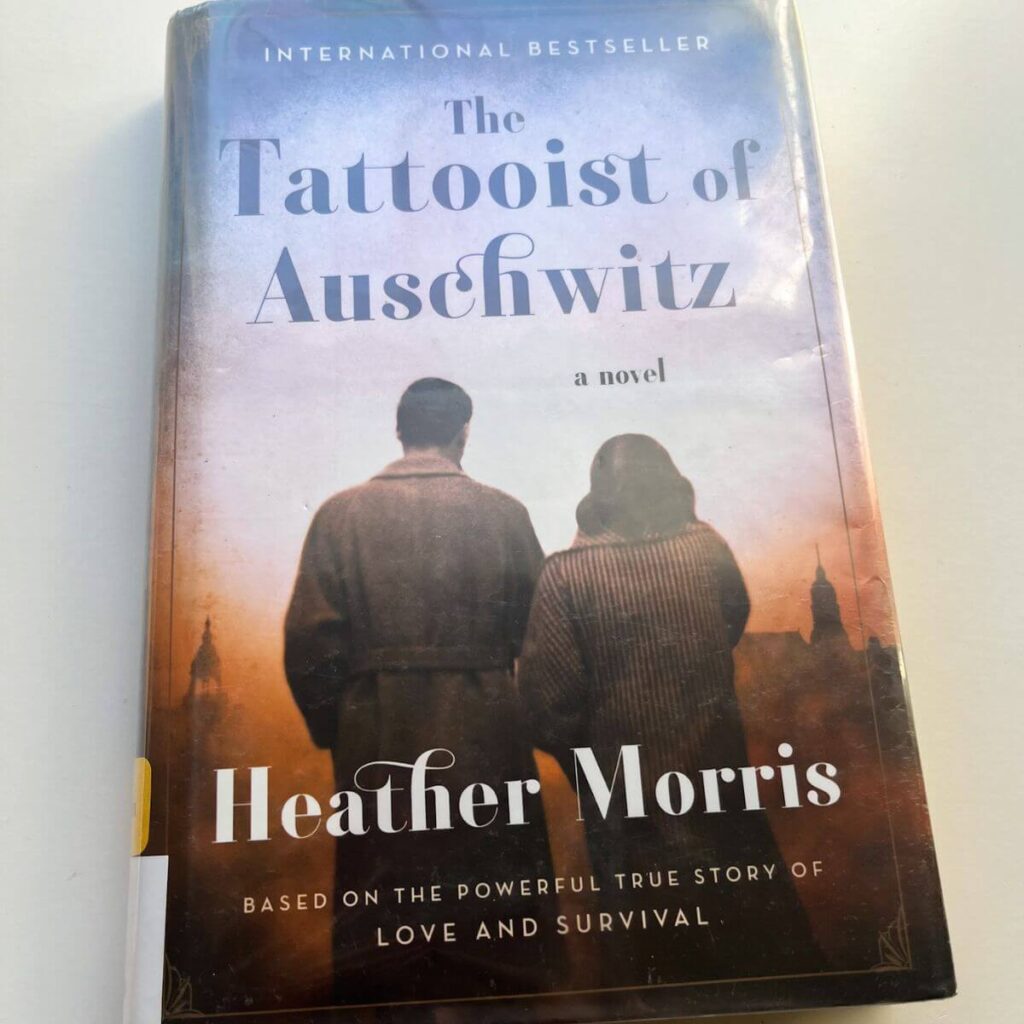
This post may contain affiliate links. Please read our disclosure policy.
Honest Book Review of The Tattooist of Auschwitz Without Spoilers
If you’re looking for a compelling story of survival and love, this is a good book for you. Lale’s story really pulls you in because of the realness and also the hope you put into the characters.
There are some truly violent and horrible things that happen in the book that make your heart break for Lale and his fellow prisoners. But the story is told in such a way that makes it easier to read than other Holocaust books. There’s nothing too graphic, and the focus on Lale and Gita’s story helps ease the blow of some of the more horrific things that happen in the book.
Knowing that Lale Sokolov was a real person makes the events of the Holocaust even more real in a time that people can (and want to) forget that piece of our history. This book is a good introduction to Holocaust books without being too difficult to read.
The downside of the book, besides the horrible things that happen to people, is the writing style for me. It’s very much “This happened, then this happened, then this happened”–very to the point without elaborating of the characters thoughts or emotions as well as little dialogue. Maybe the author felt this was the best way to preserve Lale’s telling of the story as much as possible without adding her thoughts, but it left me wanting to get to know the characters more.
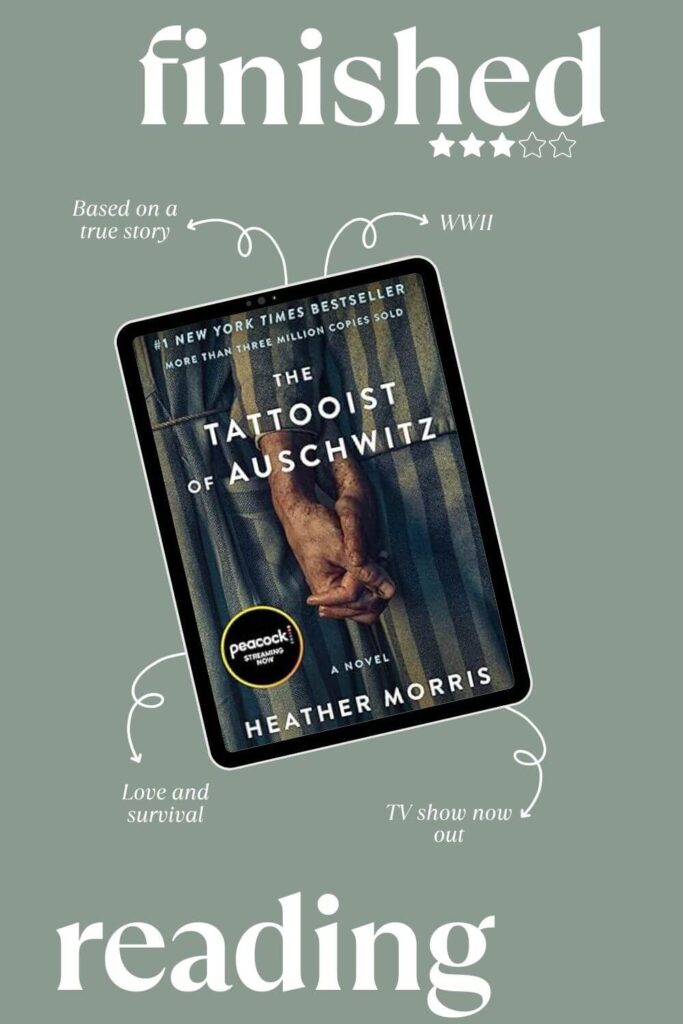
Book Review with Minor Spoilers
Fair warning that from here on out, there may be minor spoilers about the book.
The true story of Lale and Gita is partially so good because of the happy ending. It’s almost a storybook ending of them both surviving but being separated, only to find each other in the end. The story of love in the camp is inspiring, but it makes it that much better that it works out for them in the end. And hearing it from Lale’s point of view, all the close calls he goes through, really makes for a satisfying ending when they get to live a prosperous life together.
Another aspect of the book I liked was that the author does her best to find out what happened to the other characters in the book. Not everyone was known or could be found, but a majority of the questions about the other characters do get answered at the end.
Pros of the Book
Certain historical fiction novels are not my favorite because for one reason or another, they’re not compelling to read. But do to the main characters and the real life nature of the events in the book, this historical fiction is very compelling to read. Not only are the actual events interesting, the investment in the characters to live keeps you engaged in the book the entire time.
While I know it’s a cliche, I love a book with a happy ending after serious difficulties and misfortunes. I personally don’t like the books that the main characters die in the end even though I acknowledge a place for that in literature. But after hearing all the horrible things Lale, Gita, and the prisoners went through, I would have felt too dejected if they didn’t make it out together.
Cons of the Book
My biggest complaint is the writing style of the book. Trying to balance what actually happened with telling a cohesive story, Morris is very matter-of-fact with one event after the next. I wish we heard more dialogue and emotions behind the characters. The story is still good enough without that, but I would have liked hearing more about the inner thoughts of at least Lale and Gita.
One of the biggest cons of this book, through no fault to the author, is that it’s just difficult to read because of the atrocities that went on in the concentration camps, especially knowing these are true stories and real prisoners. If you don’t like Holocaust books or reading about the depravity of what humans can become, this may not be the book for you. While it’s a story of hope in the end, hearing the real story of the horrors these people went through was still very difficult.
Another downside of the book is not knowing the true story from the historical inaccuracies. In the grand scale, it doesn’t really matter if all these things actually happened this way, but it does make you wonder when there’s no way to answer that for sure. The point of the book is to tell Lale and Gita’s story, but I still went looking for more information about what was real and what was not.
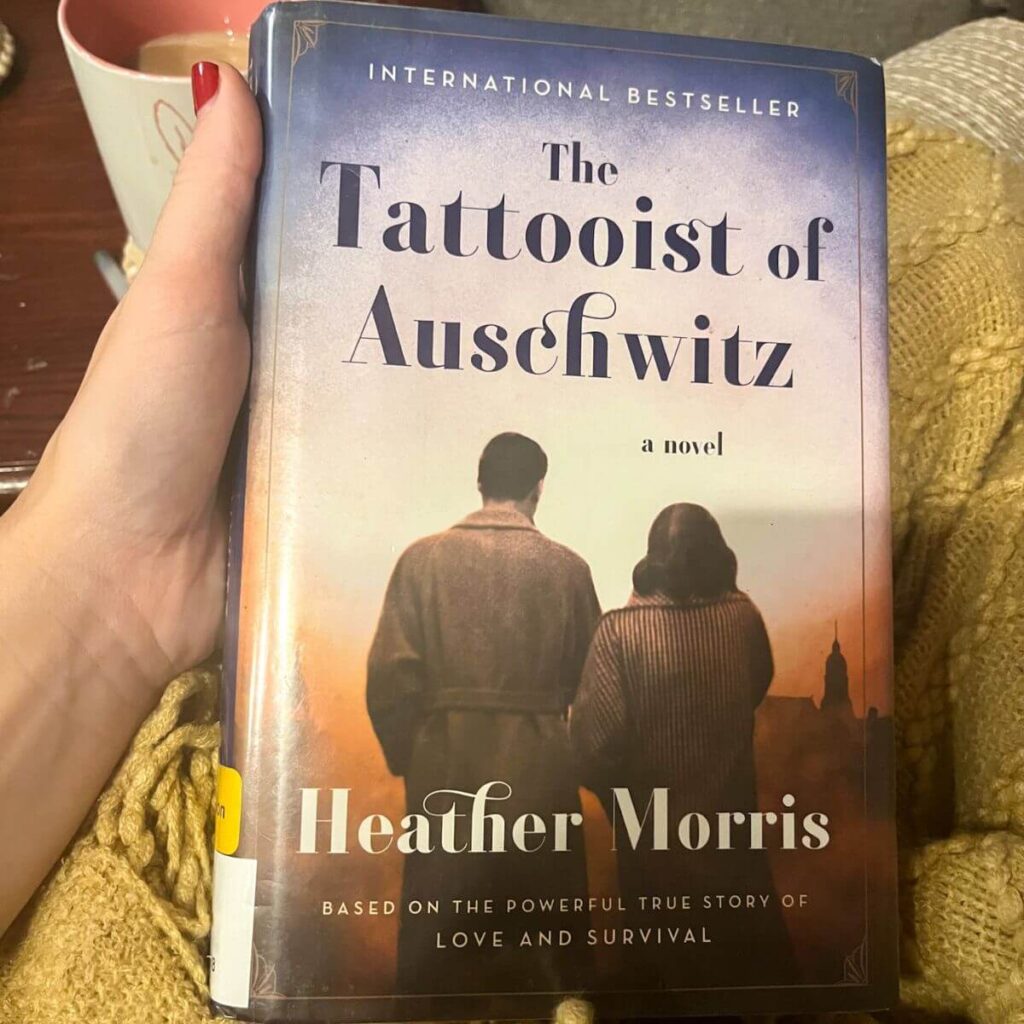
Who Should Read The Tattooist of Auschwitz?
If you’re a fan of historical fiction books, this would be a great book for you. Not only is it a moving love story set in a famous point in history, but its based on two real people. I think this only makes the book more compelling. And seeing their pictures in the back of the book makes everything more real.
Additionally, anyone who enjoys reading about World War II would benefit from picking up this book. While it’s technically a work of fiction, the author is working with the story of two very real Holocaust survivors. Even if not everything in the death camp happened to Lale exactly as you read in the book, the picture it paints really solidifies the horrifying life in a truly real, terrible place.
Lastly, if you’re just looking for a sad love story (but still a happy ending), this is a good option for you. While it’s the story of the concentration camps and his fellow prisoners, it’s really Gita and Lale’s story of survival for each other.
You can find the book here.
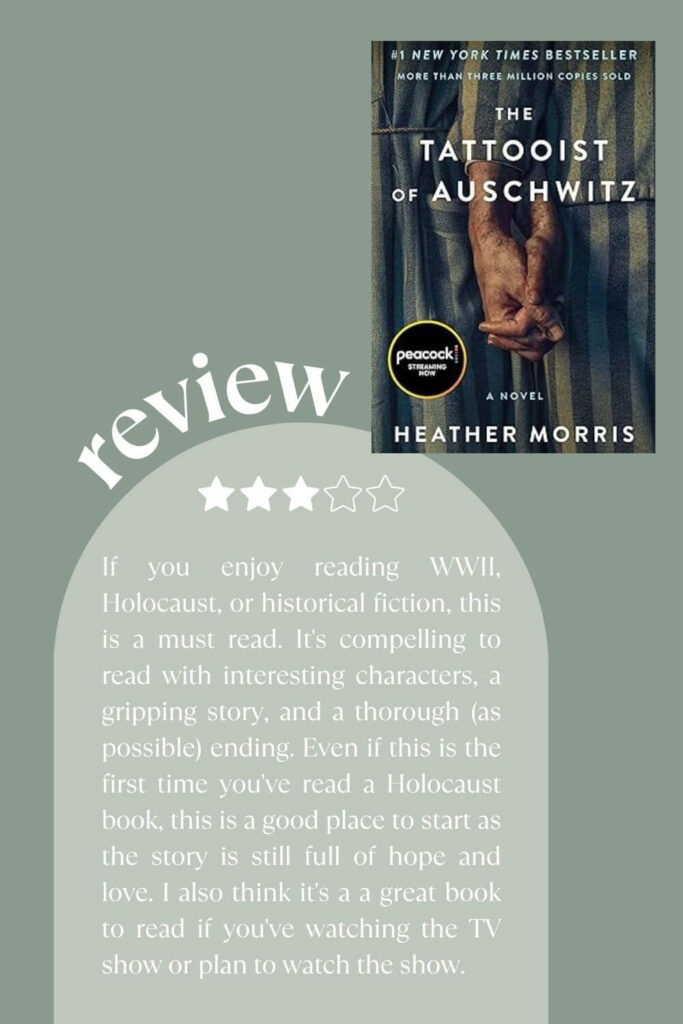
Conclusion
If you enjoy reading WWII, Holocaust, or historical fiction, this is a must read. It’s compelling to read with interesting characters, a gripping story, and a thorough (as possible) ending. Even if this is the first time you’ve read a Holocaust book, this is a good place to start as the story is still full of hope and love. I also think it’s a a great book to read if you’ve watching the TV show or plan to watch the show.
I have a full summary of the main points of the book here if you need a refresher about everything that happened.
Rating: 3.75 out of 5
For the right reader, this is more of a 5 out of 5. While, historical fiction is not my favorite genre, and I didn’t love the writing style, I still really enjoyed the book. I did have a hard time with some of the events in the book because of how difficult it is to believe that this really happened to people.
Here’s how I rate all my books: My Rating System
What to Read After The Tattooist of Auschwitz
If you really enjoyed this book, try one of these recommendations for further reading. After I read this book, I found out there’s actually a series some of the characters in the book that you can continue with. Or try another historical fiction with a great love story.
Cilka’s Journey by Heather Morris
If you want to continue the story of one of the main characters we met in The Tattooist, Morris also wrote a book about Cilka, one of Gita’s fellow female prisoners. This book is just as compelling and answers some of the questions you probably still had about Cilka and the camp.
Three Sisters by Heather Morris
This is the third book in the series, although you don’t have to actually read the first two to understand this book. This book focuses on the life of three sisters after they miraculously survive the death camp together.
All the Lights We Cannot See by Anthony Doerr
If you’re looking for another wonderful historical fiction, try this one! Also set in WWII Europe, this tells the compelling story of Marie-Laure and Werner Pfennig, and how their lives intertwine. Get the book here.
